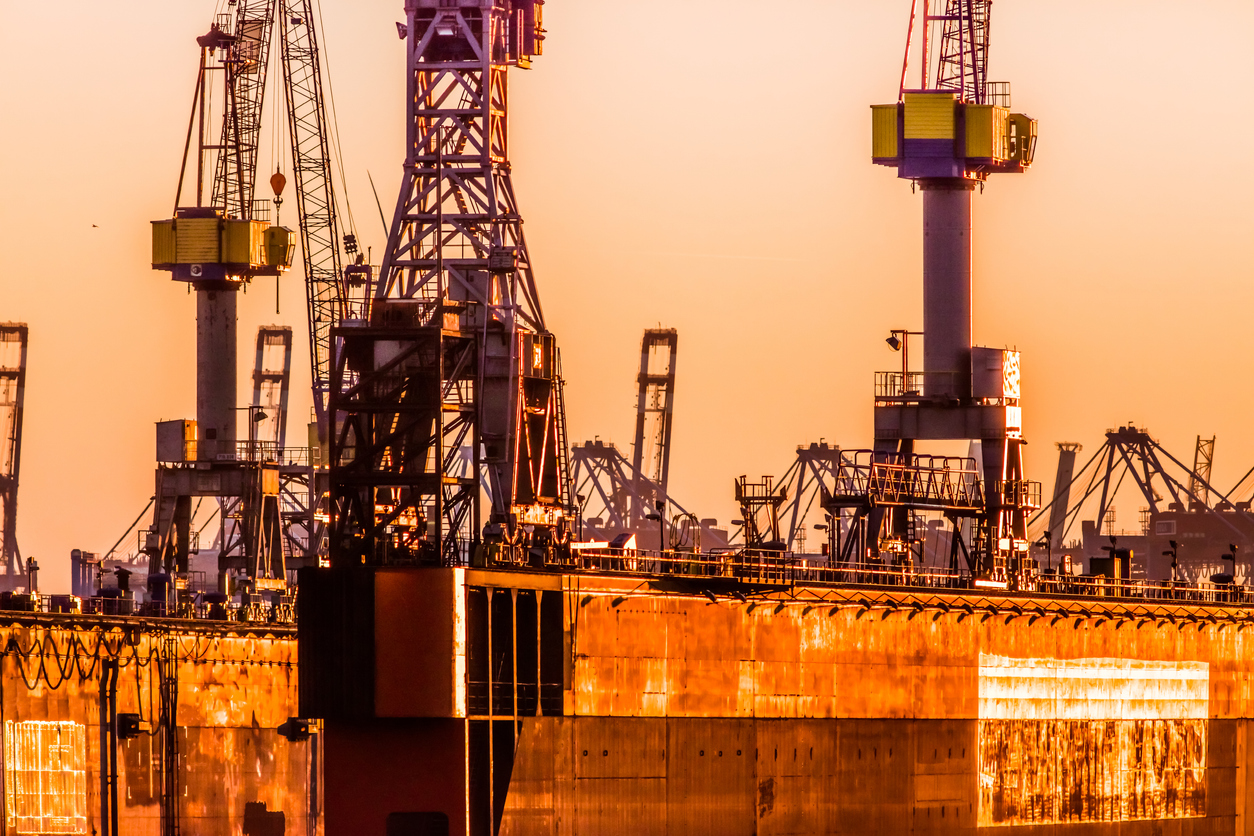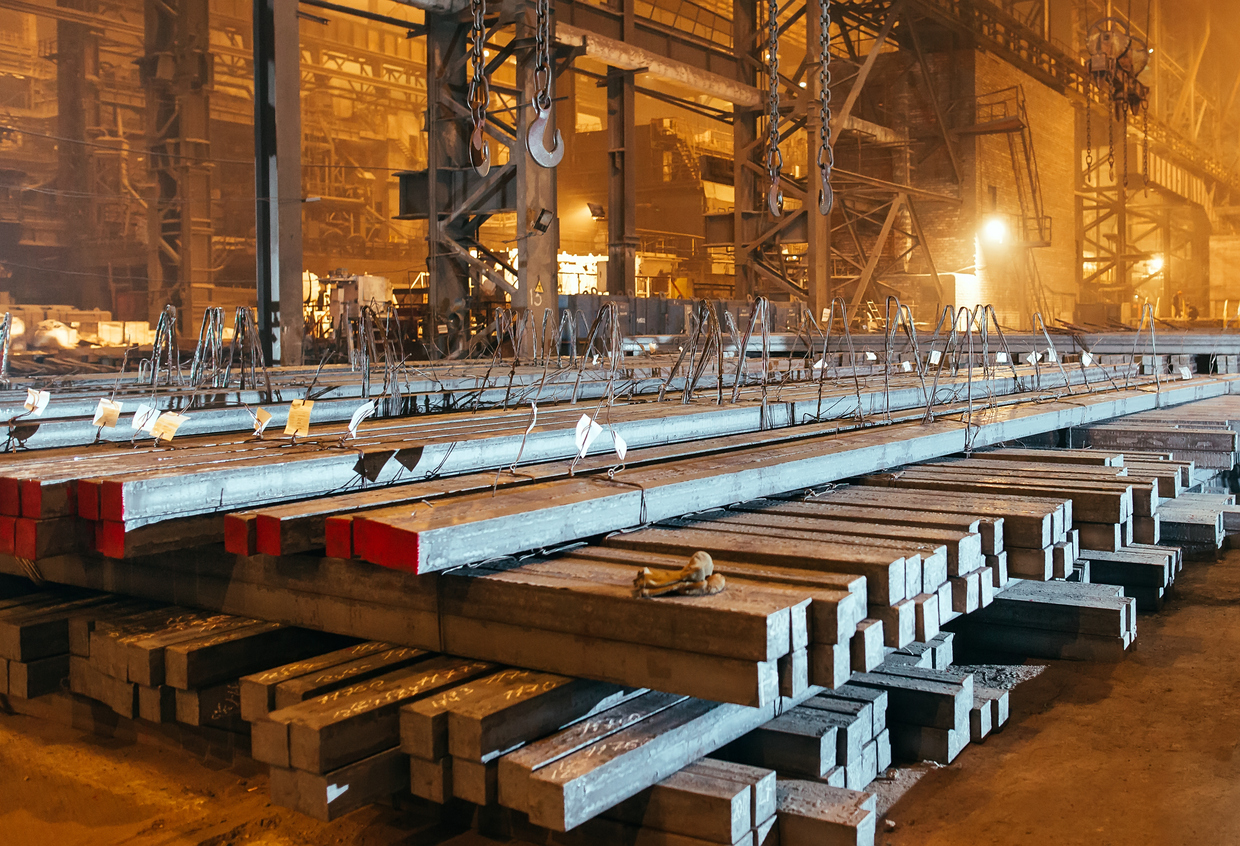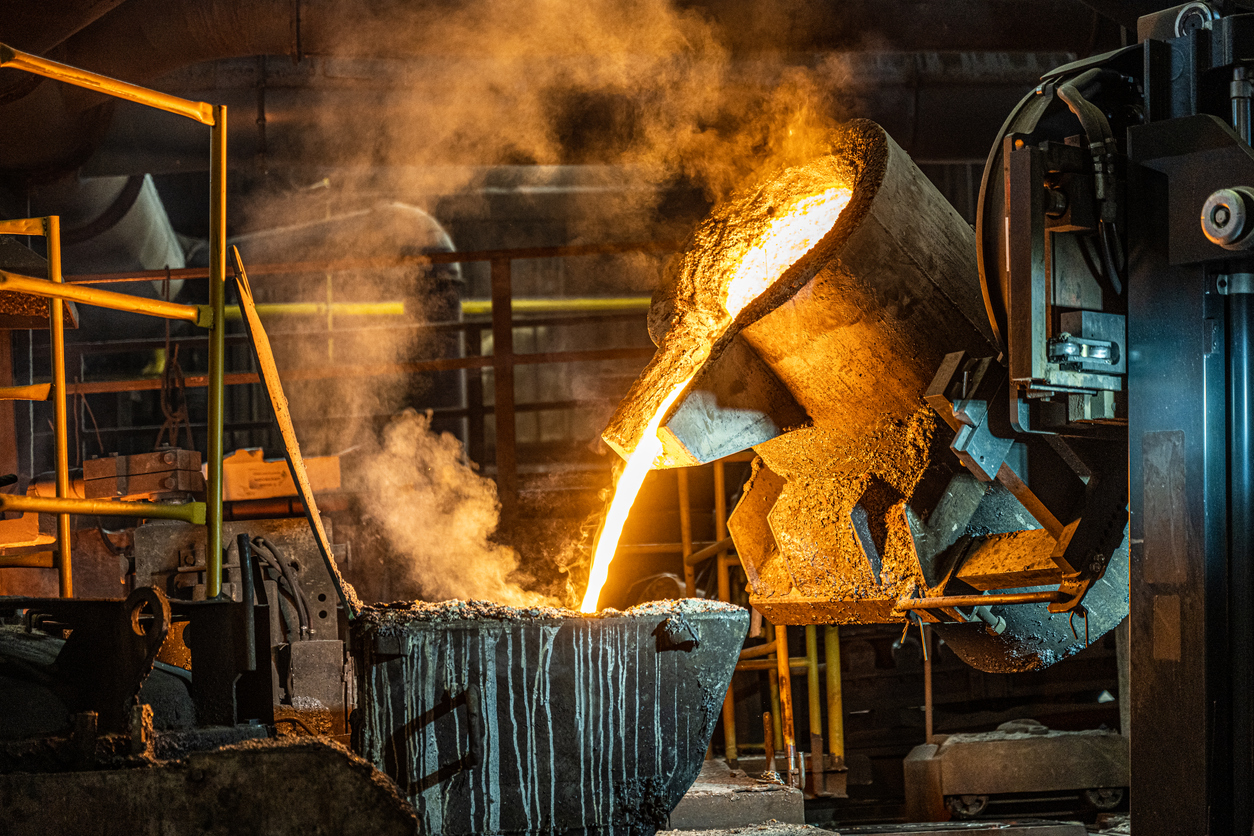
Global Heavyweight
Over the last decade the number of import regulations has ballooned – increasing by 714% between 2008 and 2022 – as protectionism continues to shape our world. No less than 3.000 import regulations are in place today, with the steel industry as its reigning champion.
The EU gives as good as it gets, conducting in-depth investigations before installing (or prolonging) measures. Some 26% (or 67 of 302) of these EU trade defence investigations concern steel and/or aluminium. The vast majority of these investigations (62 out of 67 as per 01.01.2024) have led to protective measures being introduced.
How does the EC decide on import regulations?
The European Commission relies on three main bodies for its import regulations:
- DG Trade is responsible for initiating and conducting anti-dumping, anti-subsidy, circumvention, and safeguard investigations.
- DG TAXUD is responsible for the implementation and oversight of customs regulations and procedures, including CBAM.
- And OLAF (the European anti-fraud office) is concerned with origin investigations and investigating potentially fraudulent activities.
This means we have three independent entities all active under the European Commission umbrella. And the division of responsibilities is clear, until they start overlapping or contradicting one another.
How can these regulations harm the import industry?
- Imposing anti-dumping (AD) or anti-subsidy (AS) duties (also known as countervailing duties) is the most common measure for restricting foreign competition. Measures are installed after at least 60 days and at most within 14 months of the initiation of an investigation. However, the risk attached to importing from a country under investigation is relatively manageable.
As the Commission cannot impose measures before at least 60 days, importers have some time to decide whether they want to take the risk and continue importing from the country under investigation or to find alternative sources. A few orders might be in progress, but their customs-clearance into the EU only has financial consequences once the EC publishes its intention to impose provisional anti-dumping duties or makes these imports subject to registration.
- With circumvention investigations there are multiple factors at play. Should circumvention of an anti-dumping or anti-subsidy measure be suspected, both DG Trade and OLAF may conduct their own investigations independently. However, the rules that determine the origin of goods in AD/AS investigations¹ are less strict than those that determine the origin of goods in circumvention investigations².
This means that, depending on the context (AD/AS vs circumvention), the same product by the same producer, might be assigned two different countries of origin under EU customs legislation. In other words, importers are never entirely sure whether they are operating within the letter of the law.
The plot thickens even further once OLAF (the European Anti-Fraud Office) gets involved as OLAF does not distinguish between knowingly committed fraudulent activity (such as transshipment) and accidental fraud due to contradictory rules of origin. Declaring the wrong country of origin is always considered fraudulent behaviour, which means importers are now liable to face criminal prosecution.
Additionally, duties are applied not just to the entire investigative period, but also retroactively. And how many years retroactively differs from country to country. Finally, as customs duties are collected by sovereign national customs authorities, they can be treated differently by each of the 27 Member States, as may the assessment made by the courts in the event of a litigation.
- Safeguard measures are designed to create temporary breathing space when an EU industry is affected by an unforeseen, sharp, and sudden increase of imports. In this case, the EU dictates import quotas to restrict the flow of imports. If the quota is exhausted, a 25% import duty is charged.
This seems reasonable enough. However, when we take a closer look, we find that safeguard measures create a lot of uncertainty for importers. Let’s say product A is normally not subject to duties, providing it falls within the set quota. Go over the quota and the rate goes up to 25%. With slim profit margins on most products, this represents a big hit on profitability.
Months might pass between the placement, production, shipment, and arrival of an order. Yet duties are collected when the goods are cleared by EU customs, not at the port of loading. And with some product groups exhausting the quota on the first day of the new quarter, this game of chance means that orders are left stored in expensive bonded warehouses until the next quota comes around.
This is not always a solution, because when a quota is exhausted on the first day of a new quarter, depending on how much the extent of the overrun, the duty applied ranges unpredictably between 0% and 25%. To further compound matters, importers are not informed of the applicable rate until several weeks later. Imports cannot be withdrawn, and with goods already delivered to downstream customers, it is impossible to retroactively incorporate these safeguard duties into the selling price.
Legitimate Expectations
As an association, EURANIMI supports trade defence measures that support flourishing and fair trade in a competitive Europe. But we strongly oppose a contradictory and unpredictable system. We seek clear rules, logically applied, so that market needs can be met without placing undue pressure on the importing distributors.
At present, there are too many variables that create excessive costs and legal uncertainty for the import and downstream manufacturing industry. We believe it is fundamental that importers can trust in the regulations that govern their activities, without having to worry about random changes in legal interpretations.
Political Weight
The EU is built on multilateral agreements and policymaking. And policy is where politics and the law intersect. It is not easy to influence policy, but that’s precisely what EURANIMI aims to do. Founded in 2021 to meet market demand, our mission is to reduce the gap between EC regulations and the daily reality of the stainless steel and aluminium import and distribution markets.
In just a few short years, we have gained a foot in the door with DG Trade and DG Taxud, have been recognised as a relevant industry association by the EC’s Customs Expert Group, and had our legal standing confirmed by the European Court of Justice. This stellar rise by EURANIMI has bolstered our belief that we have what it takes to become a valued partner to the EC by sharing insights into our side of the industry.
Join us as we take on a proactive advisory role to Europe’s policymakers!
¹Rules of Origin AD/AS Investigations
Article 60(2) of the Union Customs Code (“UCC”) provides that “goods the production of which involves more than one country or territory shall be deemed to originate in the country or territory where they underwent their last, substantial, economically justified processing or working, in an undertaking equipped for that purpose, resulting in the manufacture of a new product or representing an important stage of manufacture”.
A distinction should however be made between products which are included in Annex 22-01 UCC-DA (Union Customs Code- Delegated Act) and those which are not included there. This origin rule originates from the Harmonised System (HS), which was introduced within the framework of the World Customs Organisation (WCO). It stipulates that a change of origin is only possible in the event of a change of tariff heading (CTH). The provisions of Annex 22-01 only apply to goods specifically listed at at least 4 HS digit level in this Annex .
Some provisions apply to all products, whether or not included in Annex 22.01 UCC-DA:
- “Minimal or insufficient” operations never change the origin of goods (Art.34 UCC-DA).
- Where the purpose of the processing or working operation carried out in another country is to avoid the application of certain tariff measures, that operation shall be deemed not to be economically justified. In such circumstances, the country of origin is determined by application of the “residual rules” (Art. 33 UCC-DA).
²Rules of Origin Circumvention Investigations
Article 13 1&2 of regulation (EU) 2016/1036 of the European parliament and of the council of 8 June 2016 define “circumvention as follows:
- a) the slight modification of a product to make it fall under customs codes which are normally not subject to the measures, provided that the modification does not alter its essential characteristics;
(b) the consignment of the product subject to measures via third countries;
(c) the reorganisation by exporters or producers of their patterns and channels of sales in the country subject to measures in order to eventually have their products exported to the Union through producers benefiting from an individual duty rate lower than that applicable to the products of the manufacturers;
(d) the assembly of parts by an “assembly operation” in the Union or a third country.
2.An “assembly operation” in the Union or a third country shall be considered to circumvent the measures in force where:
(a) the operation started or substantially increased since, or just prior to, the initiation of the anti-dumping investigation and the parts concerned are from the country subject to measures;
and
(b) the parts constitute 60 % or more of the total value of the parts of the assembled product, except that in no case shall circumvention be considered to be taking place where the value added to the parts brought in, during the assembly or completion operation, is greater than 25 % of the manufacturing cost;
and
(c) the remedial effects of the duty are being undermined in terms of the prices and/or quantities of the assembled like product and there is evidence of dumping in relation to the normal values previously established for the like or similar products.
Related Articles
Case Documents
Please log in as a member to consult all related case documents.



